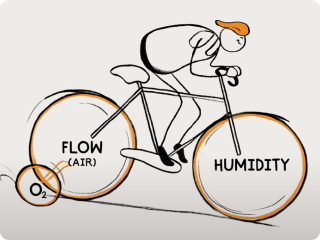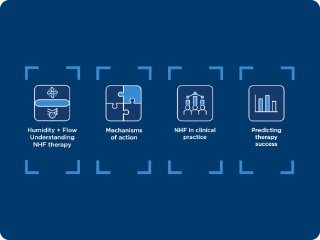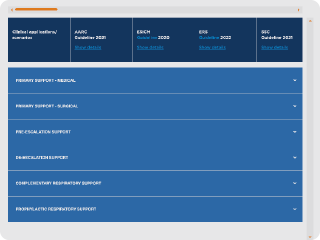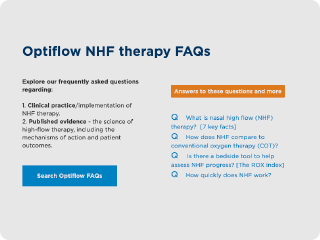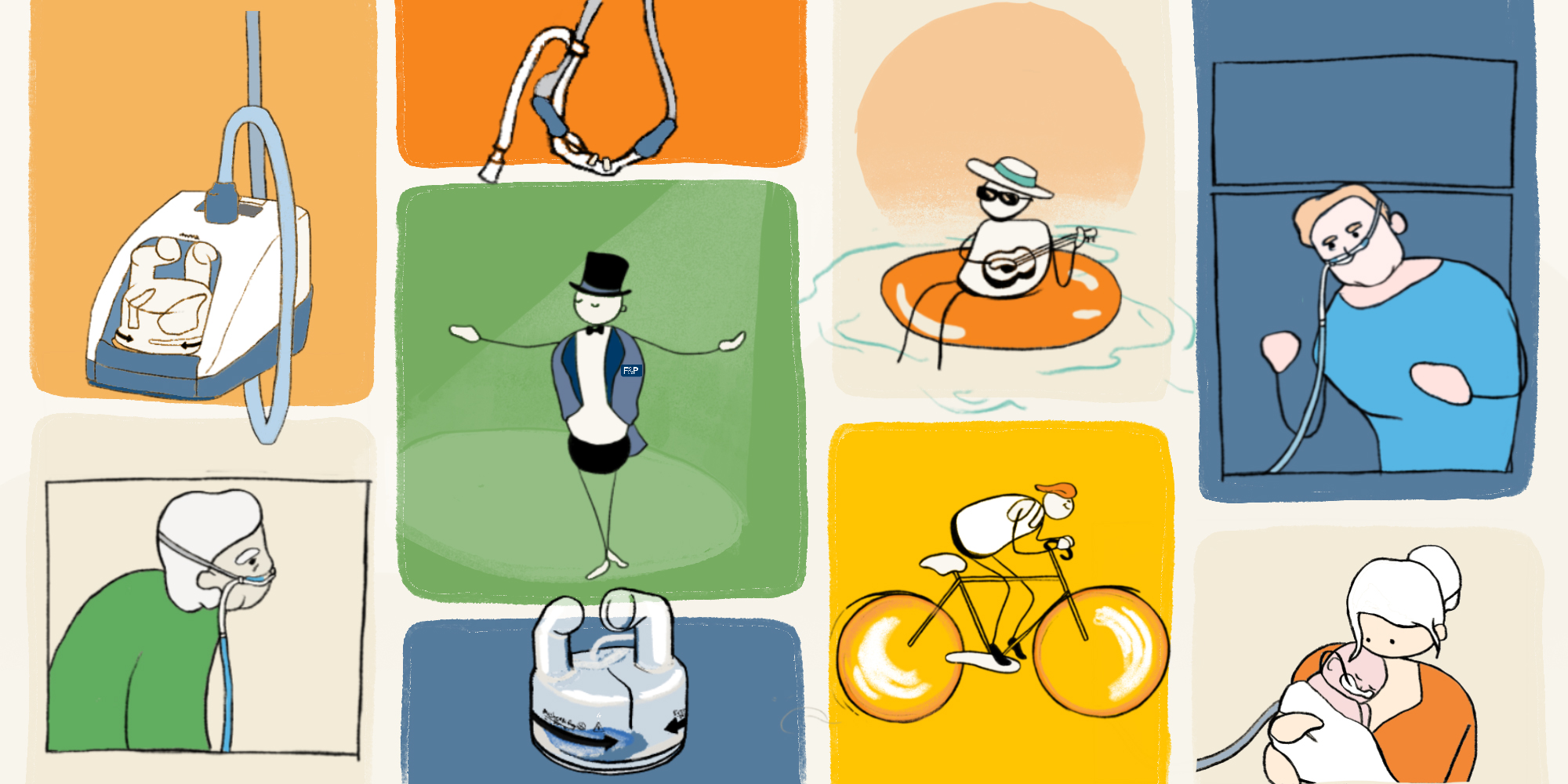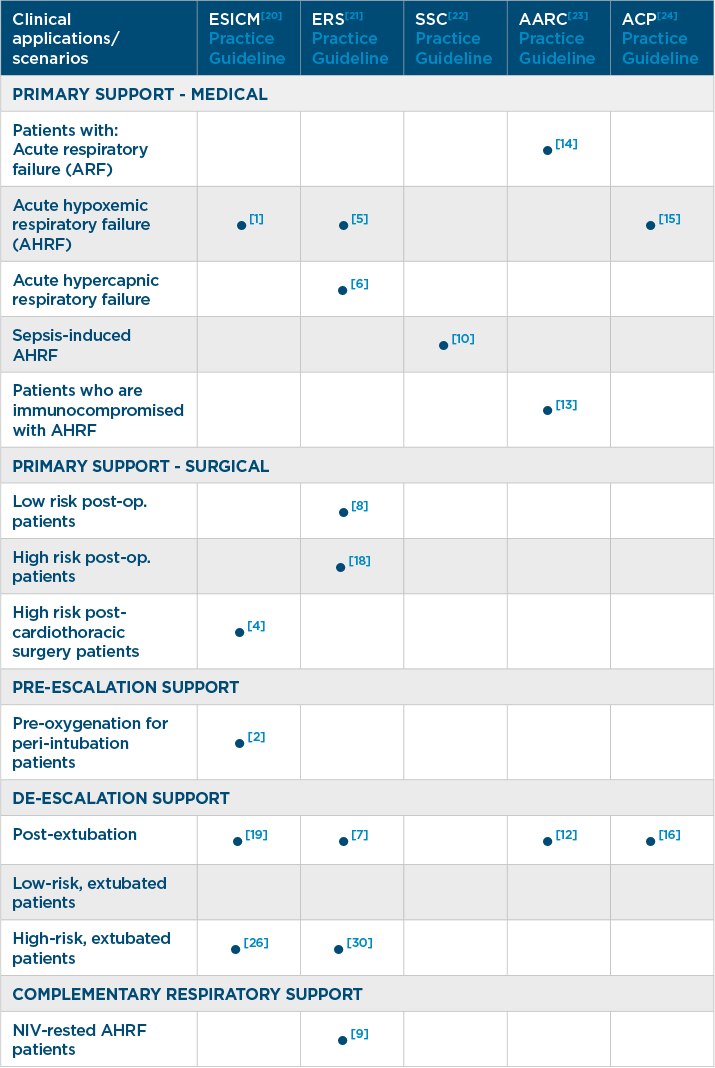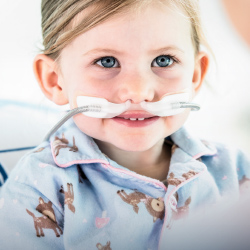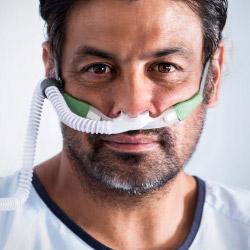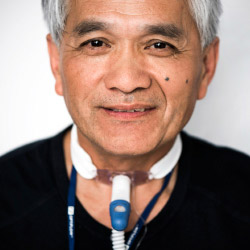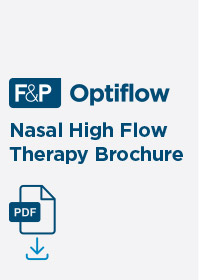Accelerate your understanding of high flow therapy
If you’re new to high flow therapy, training others, or want a quick refresher, follow this learning plan to accelerate your knowledge.
Check out the high flow Micro Moments series on the Education Hub.
Learn more about high flow therapy including; how to set up nasal high flow, how it works and why the therapy is so versatile – with F&P Micro Moments on the Education Hub
Check out the first episode below.
What is High Flow Therapy?
Introducing the first F&P Micro Moment! A two-minute animated overview.
This first episode focuses on high-flow therapy and the benefits to your patients. Watch below or jump to the second episode: "How do I set up high-flow therapy?"
Once you've watched the animation, check out this FAQ for some context as to where high flow fits in to the care continuum.
High flow therapy foundations, a must-do short course.
This course will equip you with the knowledge to use high flow therapy effectively in your hospital.
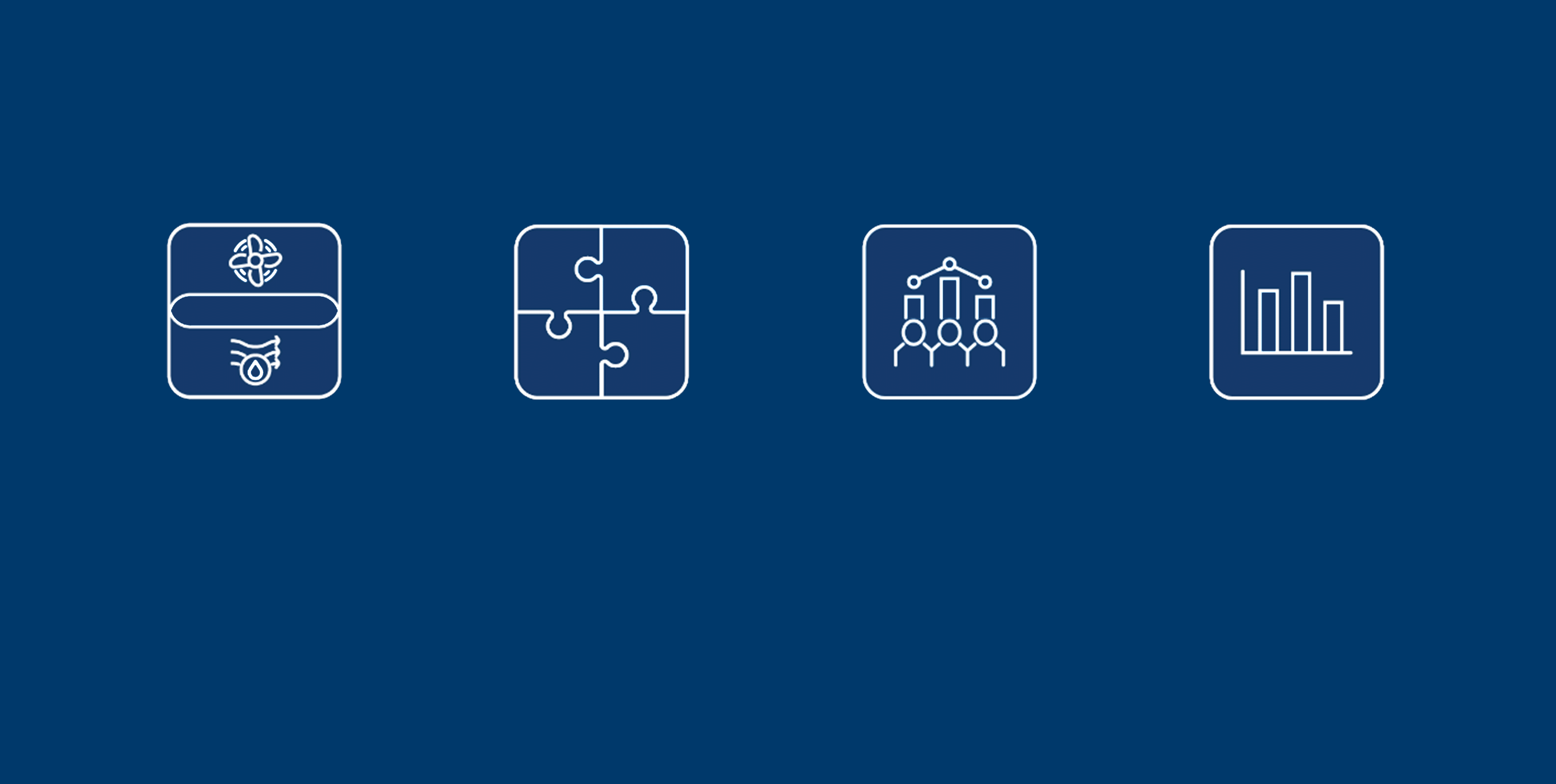
Who does high flow therapy benefit, what does the evidence tell us?
Published guidelines highlight the breadth of application of high flow therapy. Explore the table.
Hundreds of randomized controlled trials have been consolidated into clinical practice guidelines.
We’ve created a table that will help you review the guidelines by patient population and application.
Watch Optiflow high flow therapy in practice
Learn about the benefits clinicians saw when they introduced NHF to their hospital.
- This video shows the introduction of the Airvo 2 device across departments of the Royal Berkshire Hospital in Reading, UK.
- Hospital clinicians talk about the benefits found both to the patients and hospital since its introduction.
Options for delivering Optiflow high flow therapy
There are several ways to deliver Optifow therapy - check out our quick guide below
1. You can use a dedicated, standalone device such as the Airvo Optiflow systemor
2. You can use an NHF-capable mechanical ventilator. We call this a vent-driven system.
See the images below and for more details download our equipment guide.
Airvo-Optiflow high flow therapy system
The following figure demonstrates what is required for an Airvo Optiflow system.
Optiflow high flow therapy interfaces
Interfaces for adult (nasal or tracheostomy delivery) and pediatrics.
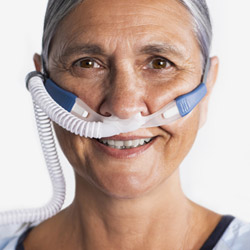
Optiflow Duet
nasal cannula interface
Delivers asymmetric nasal high flow therapy, reshaping respiratory support.
Latest NHF interface
1. Clinical practice/implementation of NHF therapy.
2. Published evidence - the science of high-flow therapy, including the mechanisms of action and patient outcomes.
